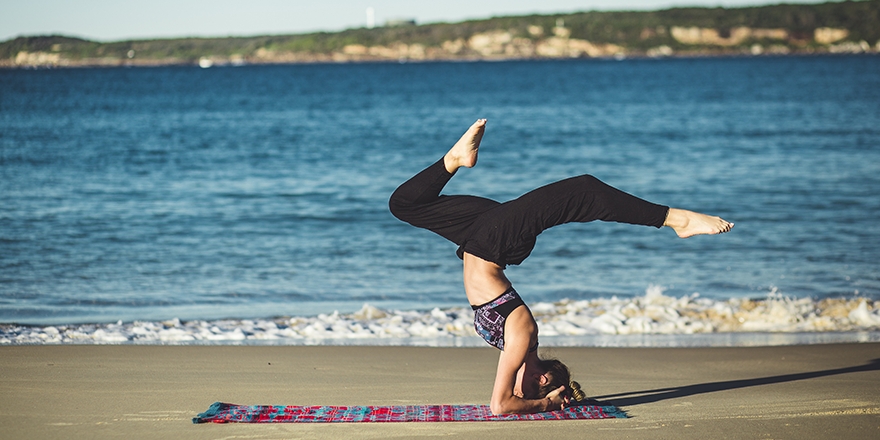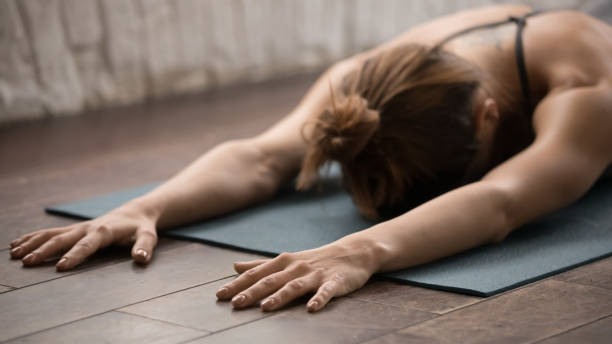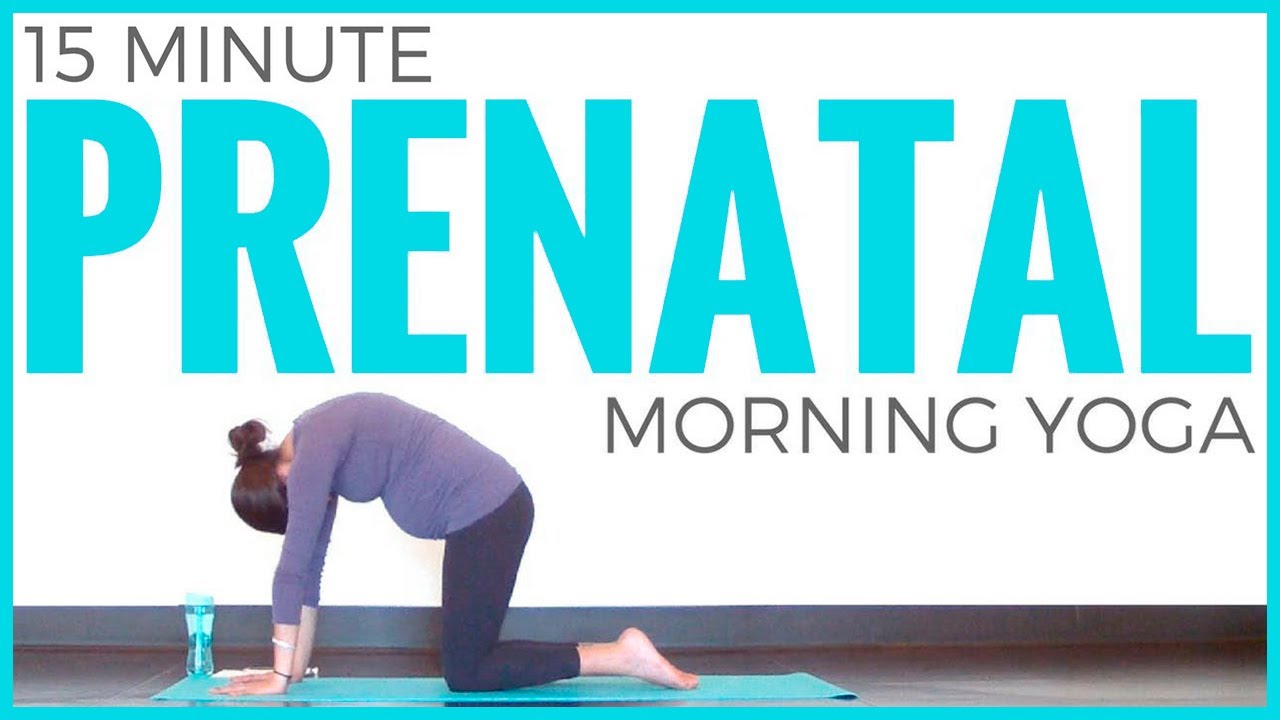
It has many benefits. Yoga will not only improve flexibility but also lower stress levels. It will make you happier and more flexible. This exercise will improve blood circulation and regulate body temperature. This exercise will help you be more productive at the office. Make time for yoga every day. Yoga has many benefits. You will also be less likely to develop coronary heart disease (which affects 7.6million people in the world).
Reduces stress
You can do yoga in the morning. Yoga practice in the early morning has many benefits, including improved circulation and immune system. Morning yoga is especially effective for stress reduction. Yoga can help you reduce stress. Even if you practice yoga only once a day, you can make it part of your morning routine. You will feel the benefits of yoga every morning if you are a regular practitioner.
Practicing yoga in the morning can help you prepare for meditation or a day at work. It helps you get more energy and flexibility. Anxiety is known to cause tension in the hips. You can ease that tension by moving your hips. It can also help you sleep better. In addition, yoga helps you achieve a calm and relaxed mindset, which is perfect for the day ahead.

Enhances flexibility
Yoga can improve flexibility and strength, and it can also help with posture. Yoga requires a lot of strength and endurance to be done, which will enhance your daily activities. The benefits of yoga stretching are many, and it will make your morning routine more enjoyable. Try these easy stretches when you're in line at the grocery and bus stations.
Flexibility is essential for improving your posture. It is also good for your physical health. A flexible body can help you move more efficiently and avoid injury. This helps your daily activities, and helps you build muscle and have a better range of motion. Yoga can be helpful if you have injuries or are at risk. Yoga not only improves flexibility but also increases self-esteem and confidence.
You can become happier
Yoga in the morning can improve your mental health and physical well-being. Yoga can help you to switch off your sympathetic nervous systems, which are responsible for stress and tension, as well as activate your parasympathetic nerve system, responsible for controlling your body's natural healing processes. It can improve your immune system and help you feel more at peace. Doing a little yoga in the morning can set you up for the rest of the day. This will help you be happier.
Yoga can help you relax and become more mindful. Yoga can make you happier. It increases your mental clarity as well as helps to release negative thoughts. Many people report feeling more relaxed and less stressed after practicing yoga. Some even say that yoga helps with self-esteem. It's hard to imagine a better way to start your day than to practice yoga.

Enhances work performance
You can manage your stress by doing yoga at work. This practice lowers the acidity of your body and makes you less likely develop heartburn. The benefits of yoga at work extend to your health, as it increases your energy levels. When you're relaxed, you're less likely to engage in counterproductive actions. Employees who don't feel stressed are more productive. They can also handle hostility rationally.
Work schedules in corporate offices can become repetitive and stressful. Unplanned events can affect employees' productivity. Employees are able to focus on their tasks with yoga's benefits. It is a great stress-buster. Meditation and breathing exercises can be used. They can also improve concentration and decision-making abilities by clearing the mind. Taking time off from work to practice yoga before working can increase your efficiency at work and in the workplace.
FAQ
How does yoga change your body?
Yoga can help you relax and stretch. It makes you feel great. Yoga increases flexibility and strength, as well as reducing stress. This can lead to improved sleep quality, better concentration, and higher energy levels.
Yoga improves blood flow and makes it less likely that you will get the flu. This happens because yoga is a deep practice of breathing that increases oxygen flow to your brain.
Yoga relieves tension, pain, and helps with stress. The postures are good for strengthening muscles and joints.
Therefore, you should practice yoga regularly to keep yourself healthy and happy.
Are yoga mats necessary?
Not necessarily. Many studios offer mats for students. These mats can be easily cleaned and made of rubber.
Your mat can be purchased online. You will have a good mat for many years.
Do my clothes fit well after I do yoga classes?
Most likely, yes. Many yoga pants are elastic at the waist and stretch when worn. They should be comfortable enough for you to wear while working out without being restrictive.
Yoga pants may not fit well if your weight has dropped recently. If this is the case, consider wearing shorts or leggings instead.
How long does it take you to learn Yoga?
Yoga is a skill that requires you to train your mind. After you learn the basic poses, you'll be ready to start practicing yoga at home.
To start, complete about 20-30 minutes of warm-ups before beginning your class. Begin by warming up with simple stretches. You can then progress to more difficult poses.
Once you've mastered the basics, you can move on to intermediate classes, where you'll learn more advanced moves. For instance, if you're just beginning yoga, you might start by learning standing poses like the Tree and Mountain (Vrksasana), respectively.
Is yoga a good option for pain management?
Chronic back pain sufferers may find yoga to be a good treatment. It can help them increase flexibility, balance and strength as well as reduce stress levels.
As with any exercise program, check in with your doctor before starting a yoga routine.
Are there yoga classes available for people with disabilities?
Yoga studios can offer classes that are adapted for people with disabilities. These include:
-
Individuals with physical limitations who want to improve posture
-
People with limited mobility
-
Individuals suffering from arthritis
-
For those who have suffered injuries
-
The elderly
If you know someone who would benefit from these classes, encourage them to join.
Statistics
- Lock in 25% off your Founding Member rate. (corepoweryoga.com)
- Start your Fall off right with 20% off All Access Membership when you sign up by 9/25! (corepoweryoga.com)
- The people in the yoga group were 37 percent more likely to have quit smoking by the end of the 8-week program. (nccih.nih.gov)
- According to the Agency for Healthcare Research and Quality, falls are incredibly common among older adults in nursing facilities. Even the simplest ones can increase the risk of death (24). (healthline.com)
- According to calorie estimates calculated at Harvard Medical School, the average 125-pound person burns about 120 calories in a half hour of hatha yoga, and a 185-pound person burns about 178 calories in that half hour. (everydayhealth.com)
External Links
How To
Yoga is a good exercise?
Yoga isn't just for people who want to lose weight. Yoga can help you improve flexibility, balance and coordination as well as strength, focus, calmness, and coordination.
Yoga isn’t just exercise. Instead, it’s an art form. The poses are used as a way to relax and meditate. They improve posture, concentration, and respiration.
Yogis are those who practice yoga. Yogis follow various forms of yoga, including Hatha, Ashtanga, Iyengar, Vinyasa, Bikram, Kundalini, Yin Yang, and Restorative.
There are many types and styles of yoga. But they all share similar goals. Each type is focused on different aspects. Yoga styles that include meditation, pranayama, or Hatha are all examples.
There are some yoga movements that don't require equipment.
-
Sun Salutation-This series of 12 poses starts with a forward bending, followed by 10 different positions.
-
Warrior Pose: While holding a stick, or staff, you can do a warrior pose.
-
Triangle Pose – To achieve this pose, you need to raise one leg and then bend at the knee.
-
Standing Forward Bend: This pose involves sitting straight up on the ground and folding forward at your waist.
-
The seated twist is done while sitting on a mat or chair.
-
Cobra Pose - This pose is performed lying flat on your back with arms overhead.
-
Child's Pose – This is the position where you lie face-up on the ground.
-
Cat/Cow Pose -- This pose is a mix of a cow pose and a cat pose. While lying face down, raise your upper body off the ground. Roll over on your back and place your hands underneath your shoulders.
-
Head tilt - This is a pose where you tilt your head back while keeping your eyes open.
-
Shoulder Stand – This position is where you stand upright while your arms are raised above and feet are raised above the neck.
-
Tree Pose – This pose involves kneeling on your heels with your hands beneath your shoulders.
-
Bow Pose- Bend forward from your hips into bow pose and place your hands on to the ground.
-
The corpse pose is held for five to ten minutes.
-
Mountain Pose: This pose is known as mountain pose, because it requires you to stand tall and keep your spine straight.
-
Legs up the Wall Pose – This pose involves hanging upside down from a wall.
-
Side Angle Pose- To achieve this pose, lean against a wall while putting your right elbow next to it.
-
Plank Position- When you lie on your stomach and extend your left hand and right foot apart, you can achieve this position.
-
Bridge Pose – This is a pose where you balance on your elbows, and toes.
-
Reverse Table Top Pose: This is when you lie on your stomach and extend your arms towards the ceiling.
-
Handstand: This pose requires balance as well as strength. This pose can be done by placing your hands between two walls, or using a door frame.
-
Half Moon Pose- Also known as Hero Pose. It's performed by standing on both your hands and toes.
-
Headstand (or Handstand) - This pose requires excellent balance and strength. You can do this pose on a wall (or using a doorframe).
-
Forearm Balance: This pose requires that your forearms rest on the tabletop.
-
Spinal Twist: This pose is where your belly meets your arms.
-
Supported Boundangle Pose – This pose requires balance. To lean on a sturdy object, such as a tree trunk or an old beam, you'll need one.
-
Wide Leg Forward Fold: This position is achieved by stretching your legs apart and touching the tips of your toes.
-
Single Pigeon Pose: This is a variation of the forward-folding wide-leg position, but with only one leg.
-
Extended Puppy Dog Poses - This pose can be very relaxing. This can be done by stretching your legs straight out and bending at the knees.
-
Seated Forward Bend - This pose is sitting cross-legged and stretching your hamstrings and calves.
-
Crow Pose: This pose is very difficult, but it's rewarding once you get the hang of it. This is achieved by elevating your arms above your head, and then lowering your arms until they are parallel to the ground.